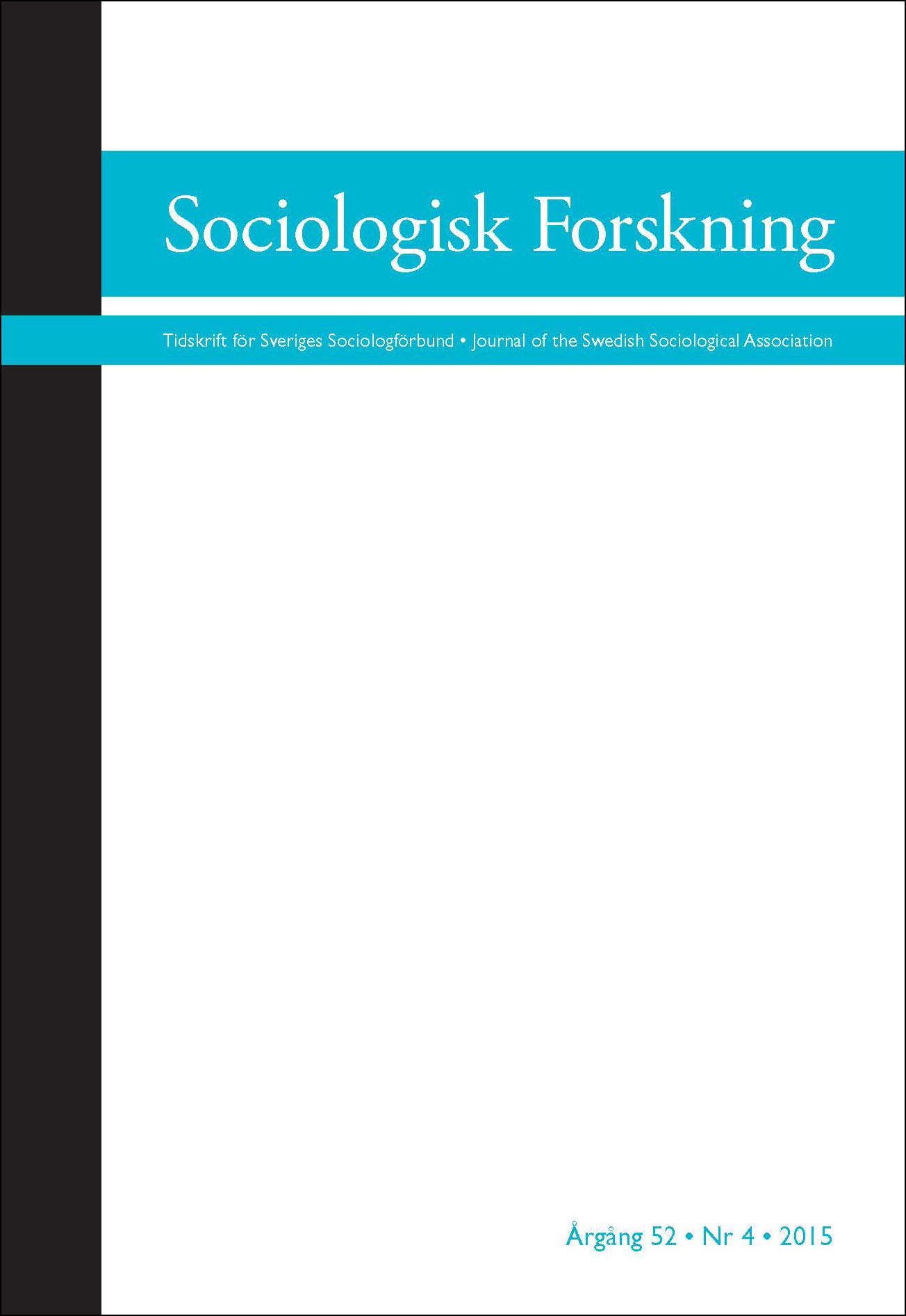Definitioner av våld i överlevandes berättelser efter kriget i Bosnien
DOI:
https://doi.org/10.37062/sf.52.18299Keywords:
Bosnia, narrative, perpetrator of violence, subjected to violence, violence, warAbstract
Definitions of violence in stories of survivors from the Bosnian war
Previous research on violence during the war in Bosnia and Herzegovina presents a one-sided picture of the phenomenon ”war violence.” Researchers have emphasized the importance of narratives but they have not focused on stories about war violence, nor have they analyzed the stories of war violence being a product of interpersonal interaction. This article tries to fill this knowledge gap by analyzing the narratives told by survivors of the war in northwestern Bosnia in the 1990s. The aim is to analyze how the survivors describe violence during the war, and also to analyze those discursive patterns that contribute in constructing the category ”war violence.” The construction of the category ”war violence” is made visible in the empirical material when the interviewees talk about (1) a new social order in the society, (2) human suffering, (3) sexual violence, and (4) human slaughter. All interviewees define war violence as morally reprehensible. In narratives on the phenomena ”war violence” a picture emerges which shows a disruption of the social order existing in the pre-war society. The violence practiced during the war is portrayed as organized and ritualized and this creates a picture that the violence practice became a norm in the society, rather than the exception. Narratives retelling violent situations, perpetrators of violence and subjected to violence do not only exist as a mental construction. The stories live their lives after the war, and thus have real consequences for individuals and society.
Downloads
Published
How to Cite
Issue
Section
License
All content in Sociologisk Forskning is published with immediate open access, under the Creative Commons license CC BY-NC-ND 4.0.
All content may be read, downloaded, shared and printed for non-commercial purposes, free and without fees. Contents may not be altered. When content is reused, author, source and a link to the copyright licence must be provided. The author retains copyright to their content. No publication fees are charged.





